We use cookies
This site uses cookies from cmlabs to deliver and enhance the quality of its services and to analyze traffic..
SEO SERVICES
Conduct in-depth technical website audits, strategically develop website projections, and increase your website authority.
ASO SERVICES
Elevate Your App’s Presence with Our Expert ASO Services – Boost Visibility and Drive Downloads!
WRITING SERVICES
We offer a variety of writing services to suit different business necessities. Reach broader audiences or lead specific industries? We've got you covered!
Get relevantly positive media exposure from bloggers and online publishers to increase your brand mentions on search engine results pages.
SEOlutions
A unified source of truth!
SEO & Digital Maternity Solution
SEO & Digital Maternity Solution: Leverage Cross-Platform Insights to Elevate Your Strategy with Expert Consultation
SEO & Digital Maternity Solution
Data Solution options:
Starting from Rp200 mio
Reinventing how a company get creative treatments
A new way to get your creative needs done. Agile team, efficient cost, and expedient way in a flexible yet scalable subscription plan!
Creative-as-a-Services
CaaS package options:
Based on Subscription
Pioneer in digital marketing software powerhouse
We’re excited to unveil our new range of Tech Solutions designed to drive your digital success. Whether you’re looking to enhance your website’s performance, streamline your tech stack, or unlock deeper insights from your data, we’ve got you covered.
Starting from Rp250 mio
Our Clients
Research and innovation center for digital transformation
Digital marketing combines technical skills and business knowledge at every stage. For marketing teams, improving budget management efficiency is crucial, as time is an invaluable resource that should be used wisely. At Sequence, we are dedicated to empowering you to optimize efficiency and strategic planning, ultimately enhancing the impact of your digital marketing efforts.
Subscription-based (IDR1,800/keyword)
Our Clients
BeyondSEO
References
SEO Tools for Webmasters
SEO Tools for Writers
SEO Tools
FIND THE SUITABLE PARTNERSHIP FOR YOUR COMPANY
Check out which cmlabs partnership program suits your company
WHITE LABEL SEO
for CorporateYour company is granted exclusive partnership rights to provide SEO services to our important clients, and we will provide a dedicated backend team to support your efforts.
AFFILIATE PROGRAM
for BizdevA new affiliate program is being introduced for skilled marketers and individuals with strong networks, offering commissions of up to 7% for generating profits independently.
DIGITAL AGENCY
for Marketing Partnerscmlabs is an essential partner for digital agencies, providing a unique selling proposition in Search Engine Optimization (SEO).
BACKLINK PARTNERSHIP
for Media / BloggerWe have a vast database of bloggers and media outlets across Indonesia, categorized by region and media type, giving our clients an edge in managing their media and SEO activities.
OFFICIAL TRAINING
We provide ongoing professional development and support to SEO professionals to ensure they are equipped to meet market demands.
JOIN AS CONTRIBUTOR
for Content WriterGreat opportunity for SEO Writers around the world. T&C applied!
ACADEMIC PARTNERSHIP
Through partnerships with universities in Indonesia, cmlabs has helped align academic curricula with industry demands.
Partnership
Sector & Industries
Tell us your SEO needs, our marketing team will help you find the best solution
As an alternative, you can schedule a conference call with our team
Schedule a Meeting?Contact
Survey
We use cookies
This site uses cookies from cmlabs to deliver and enhance the quality of its services and to analyze traffic..
Last updated: Oct 17, 2022
Search Engine Result Page or SERP is a page displaying sites that are relevant to keywords that users type in search engines. The term Search Engine Result Page applies to all search engines such as Google, Yahoo, MSN, etc.
From SEO’s point of view and technically, SERP functions to show keywords ranking, page title, meta-desc, search snippet, and the competitors of a certain website.
Generally speaking, SERP functions to answer users’ questions in search engines.
The SERP appearance is not always in lists, but in some cases, it will show other results in addition such as:
SERP is a page displayed by search engines in responding to users’ keyword requests.
SERP would display 10 relevant sites in the order of:
Note that it is not absolute. There may be 1-2 displayed sites each or none, depending on your keywords.
Search Query
A search Query is a series of words typed by users on search engines such as google, bing, yahoo, and so on. Currently, search queries come from not only typing on a search engine but also voice search using the Text to Speech feature on Google, for example.
Organic Results
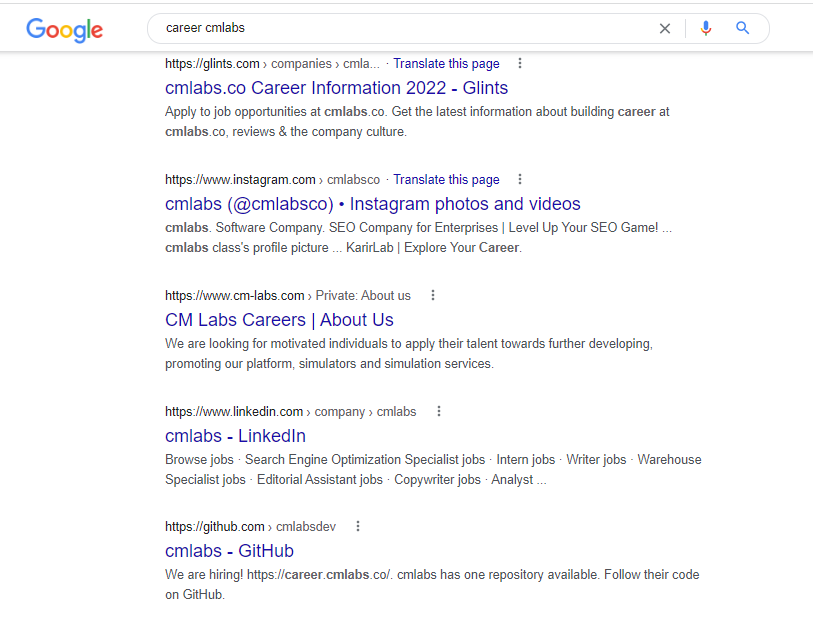
Organic Result is a list of website rankings naturally listed by search engines based on the keywords and relevance of the website.
Sponsored results
Sponsored Results is a paid ranking of websites to get to the top of the search list.
Rich Snippets
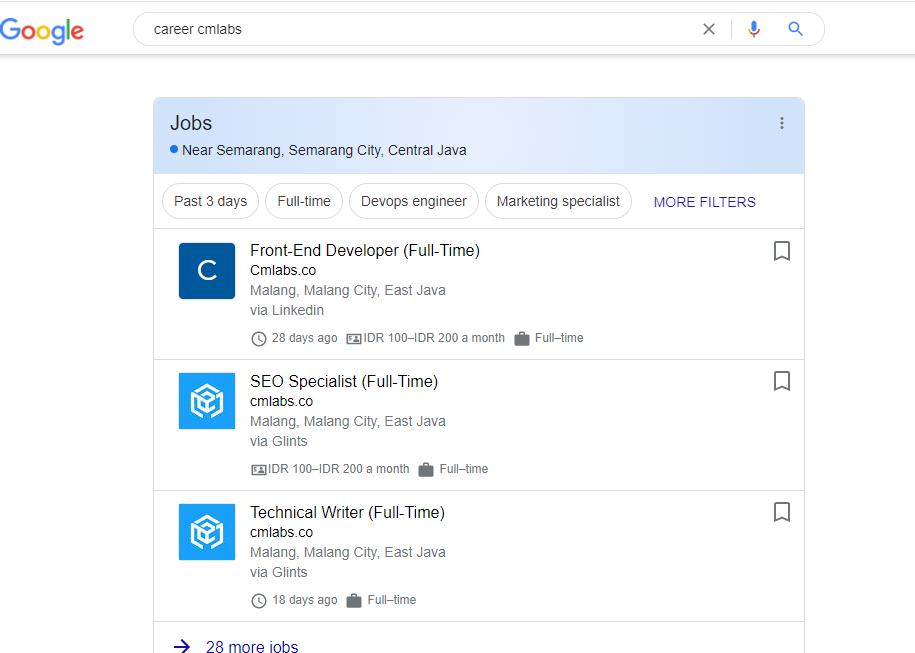
Rich snippets are displayed by google on search results pages when a site contains content. Rich snippets that are supported in Google are:
Featured Snippets
Featured Snippet is a summary of answers to user requests. Featured snippets are commonly displayed at the top of search results which contain snippets of the page.
On-SERP SEO is an SEO strategy that focuses on placing as many rankings as possible in each target on google SERP.
The way to optimize on-SERP SEO is to identify which assets and content to optimize when there is demand from users and determine the appropriate keywords for that content. Currently, there are two elements in the google SERP, namely:
On-SERP elements that can change purchase browsing
Optimizable On-SERP elements. Some of these elements are:
Optimizing the On-SERP SEO needs in-depth and complex actions. But, if your company is not yet capable of doing it, you can collaborate with SEO Services to help you rank better.
WDYT, you like my article?
Couldn't find result for "Mulki" try to search with different keyword
Suggestion:
Tell us your SEO needs, our marketing team will help you find the best solution
As an alternative, you can schedule a conference call with our team
Schedule a Meeting?
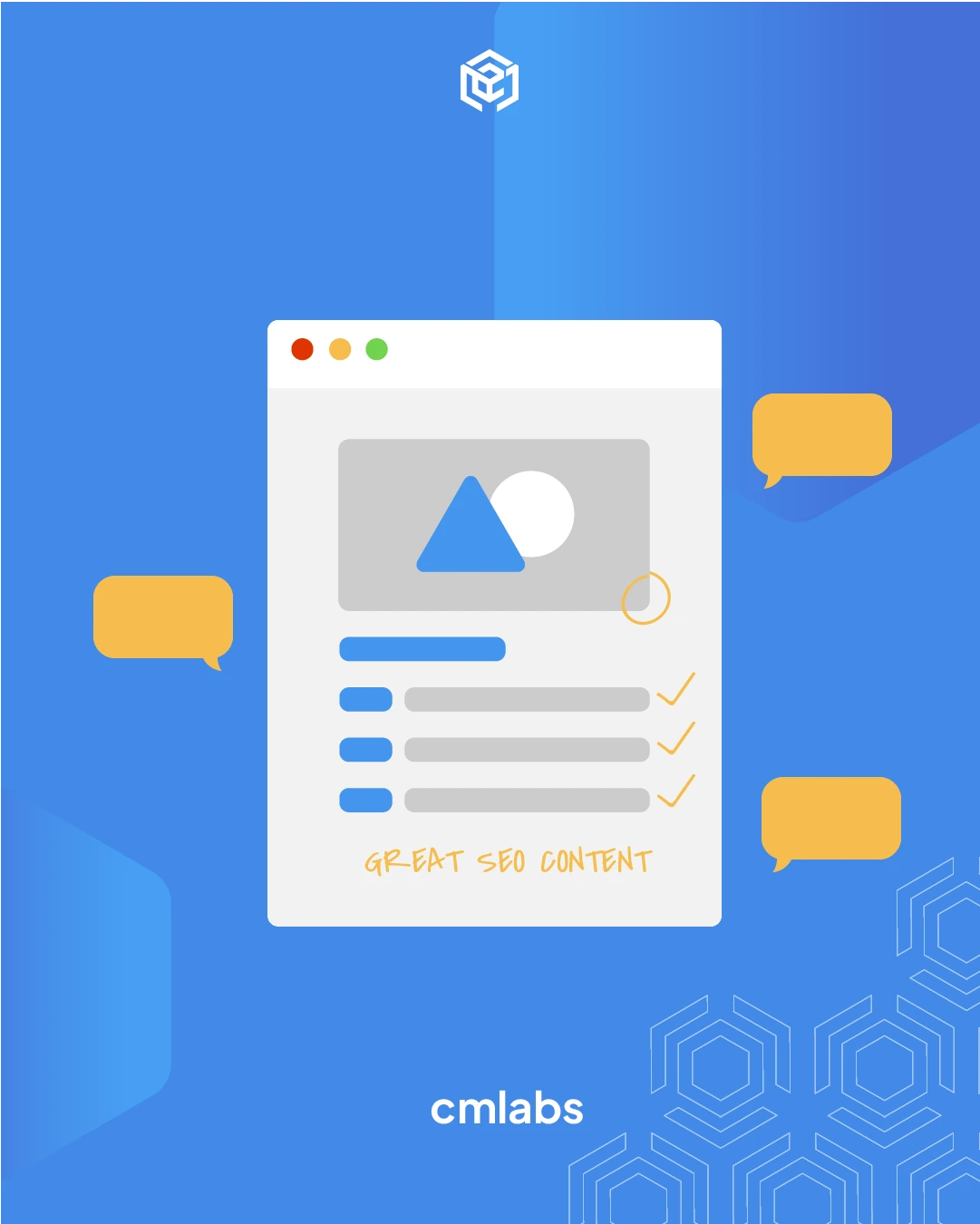
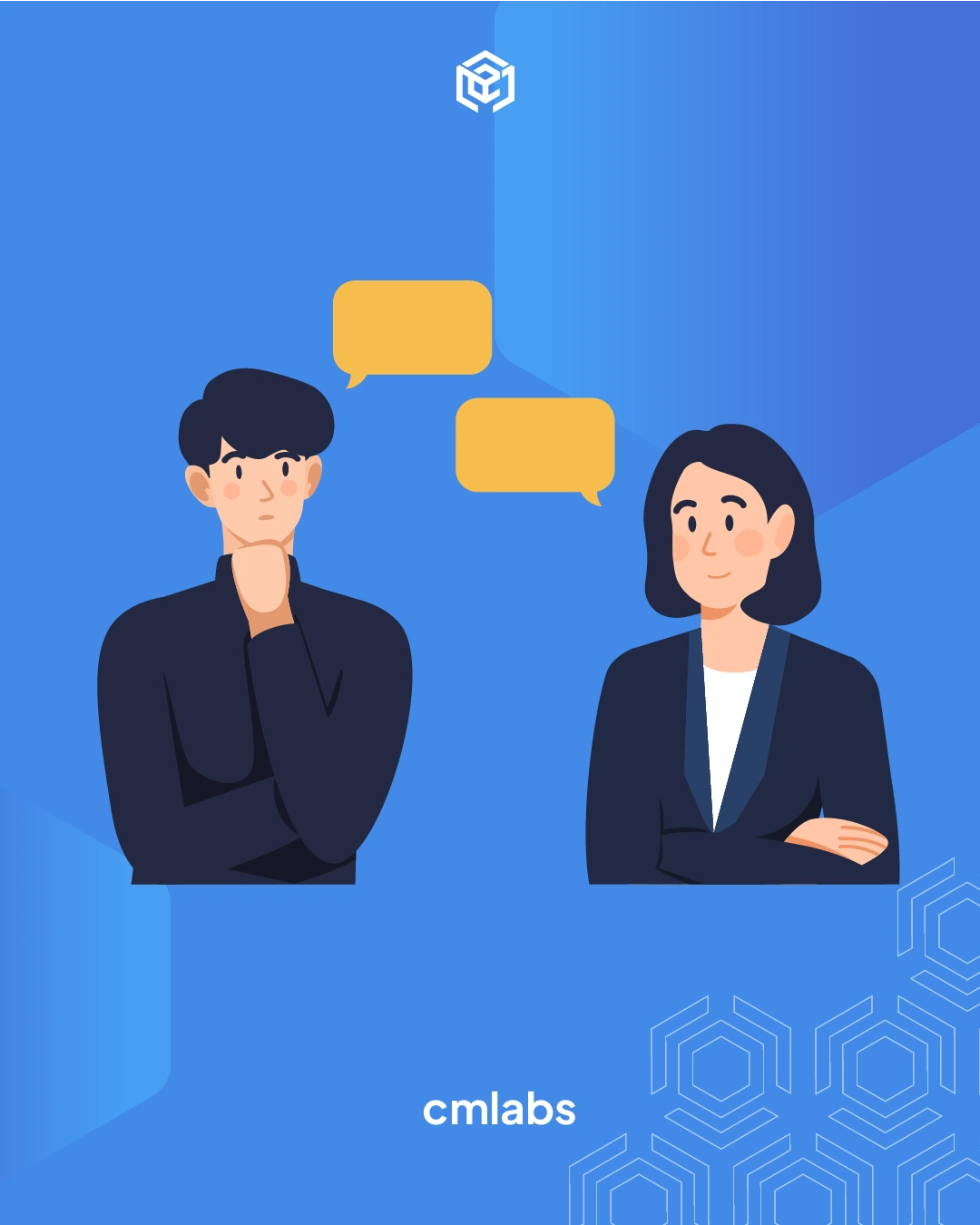
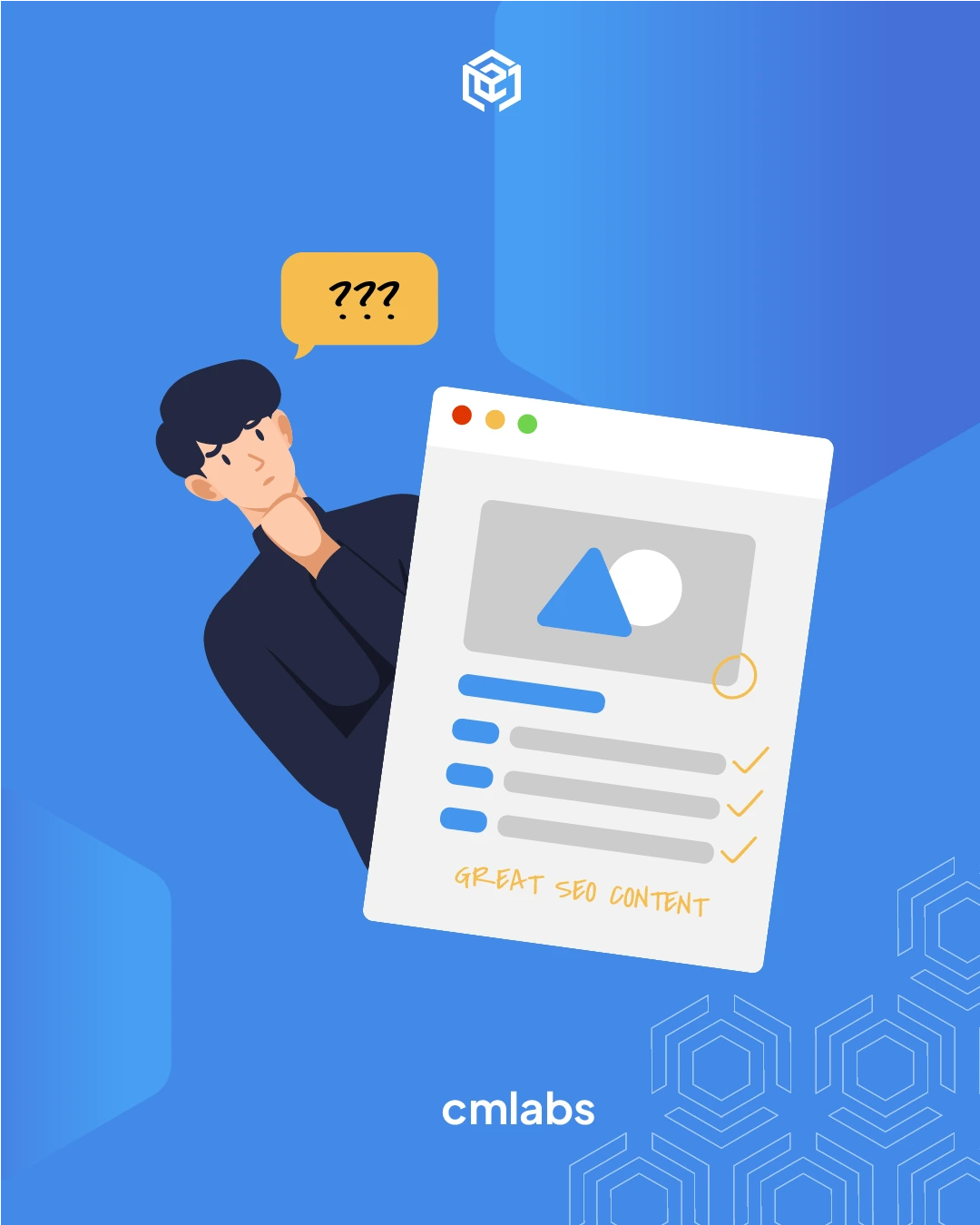
cmlabs Jakarta Jl. Pluit Kencana Raya No.63, Pluit, Penjaringan, Jakarta Utara, DKI Jakarta, 14450, Indonesia
(+62) 21-666-04470These strategic alliances allow us to offer our clients a wider range of SEO innovative solutions and exceptional service.

Psst! Hey there, SEO Stats and Tools SEO company! If you've ever planned of conquering the Indonesia market, you've come to the right place!